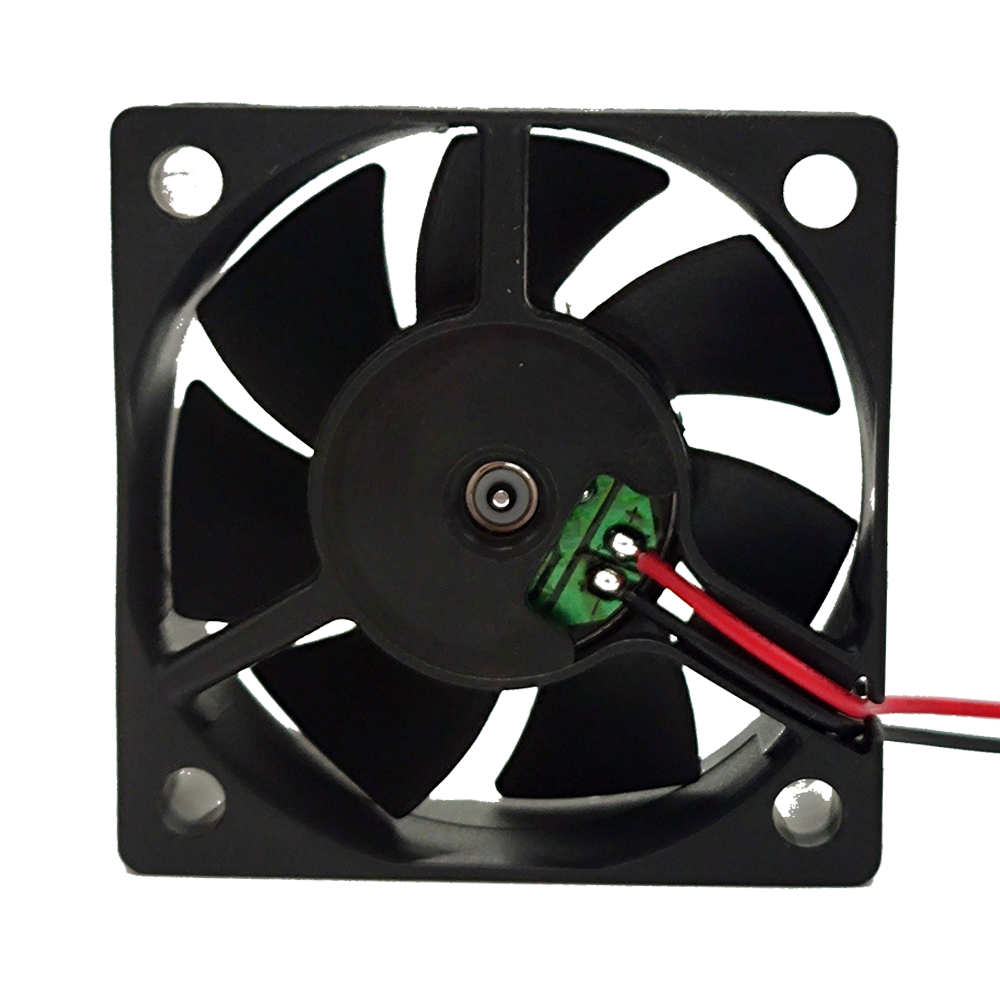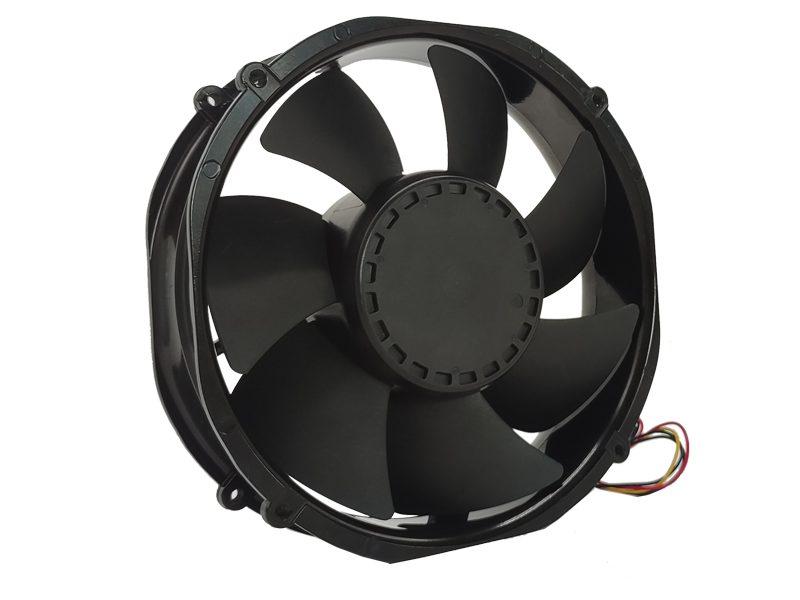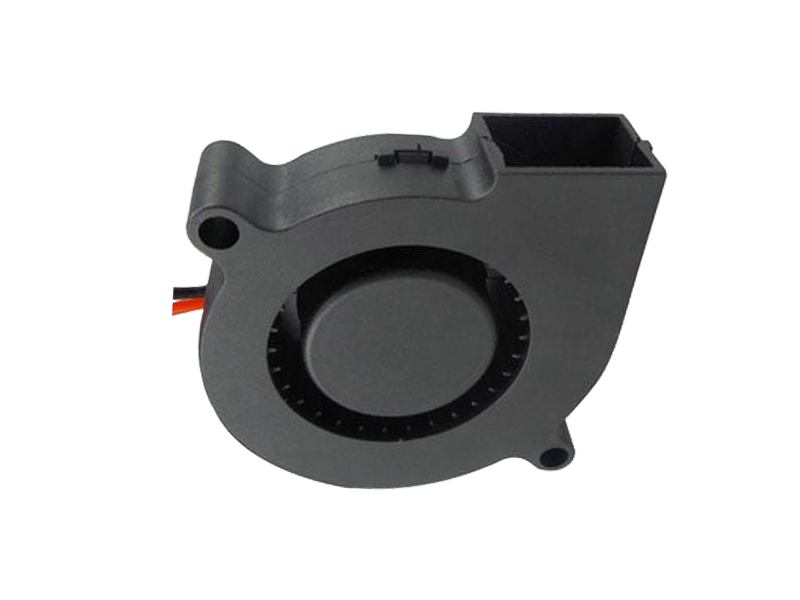Industry 4.0 is redefining the industrial fan as an intelligent edge device capable of autonomous operation and predictive maintenance. This article explores how embedded sensors, AI analytics, and digital twins are creating self-aware fan systems that optimize performance while reducing unplanned downtime.
3.1 Embedded Sensor Networks
Modern industrial fans incorporate over 200 data channels monitoring parameters from bearing temperatures to acoustic signatures. A U.S. chemical plant uses fiber optic strain gauges embedded in fan shafts to detect micro-cracks before they propagate, extending maintenance intervals from 3 to 15 months.
Wireless vibration sensors using LoRaWAN protocols transmit data to cloud-based analytics platforms. A mining operation in Chile reduced bearing replacement costs by 68% by implementing condition-based maintenance triggered by spectral analysis of vibration frequencies.
3.2 AI-Driven Predictive Maintenance
Deep learning models now analyze multivariate sensor data to predict failures with 92% accuracy. A cement manufacturer's system identifies 14 distinct failure modes 30 days in advance, reducing corrective maintenance by 75%. The model's federated learning architecture ensures data privacy while continuously improving across global fleets.
Digital twins take predictive capabilities further. By simulating fan operation under 10,000+ scenarios, a pharmaceutical company's twin identifies optimal cleaning intervals that balance microbial risks and energy use. This resulted in 18% lower energy costs without compromising GMP compliance.

3.3 Autonomous Operation Systems
Self-optimizing fans using reinforcement learning adjust pitch angles and rotational speeds in real-time based on 3D sonic anemometer feedback. In automotive painting booths, this maintains ±0.1m/s airspeed control, reducing paint defects by 40% and rework costs by $2.3 million annually per plant.
Swarm intelligence algorithms coordinate multiple fans in large spaces. At an Amazon fulfillment center, 52 HVLS (High-Volume, Low-Speed) fans operate as a cohesive unit, maintaining 0.5m/s vertical airflow while reducing energy use by 54% compared to traditional HVAC systems.
The industrial fan's transformation from mechanical component to strategic asset reflects broader Industry 4.0 trends. As these systems become integral parts of smart manufacturing ecosystems, their ability to generate actionable data and operate autonomously will determine competitive advantage in the decade ahead. Early adopters are already realizing 20-35% reductions in total cost of ownership, proving that innovation in this mature product category remains anything but stagnant.
Recommended Products

The main purpose:Car charging station

The main purpose:Car charging station

The main purpose:Electronic refrigerators, water dispensers, direct drinking machines, inverter power supplies
Address:No. 4137, Longgang Avenue (Henggang Section), Henggang Community, Henggang Street, Longgang District, Shenzhen
hotline:13530005572(Chen)15112579390(Li)


Welcome all friends to come for consultation and negotiation.
Copyright 2024 @ Shenzhen Youneng Xinyuan Electronics Co., Ltd.,(industrial fans,industrial blowers,axial fans,cooling fans manufacturer,centrifugal fans,ac cooling fans,dc cooling fans)